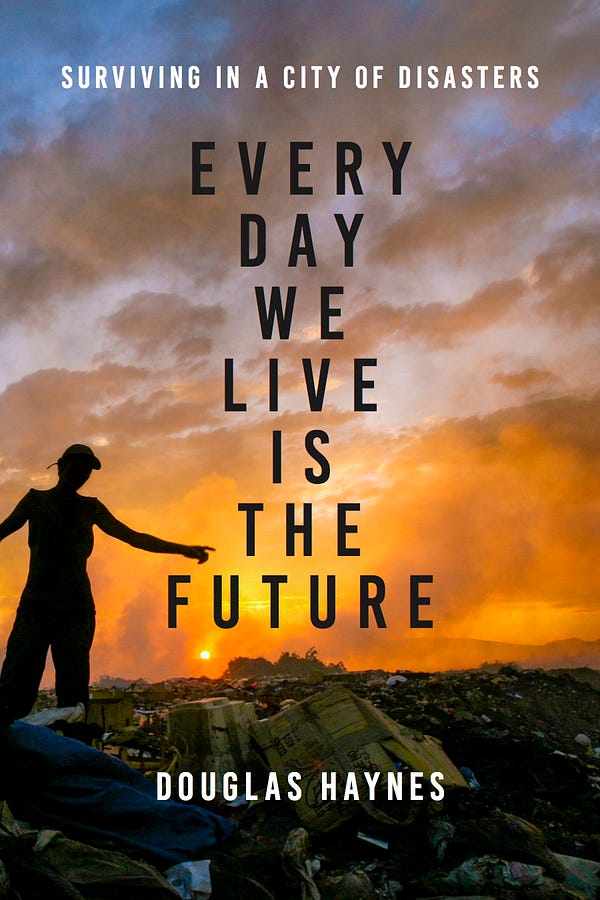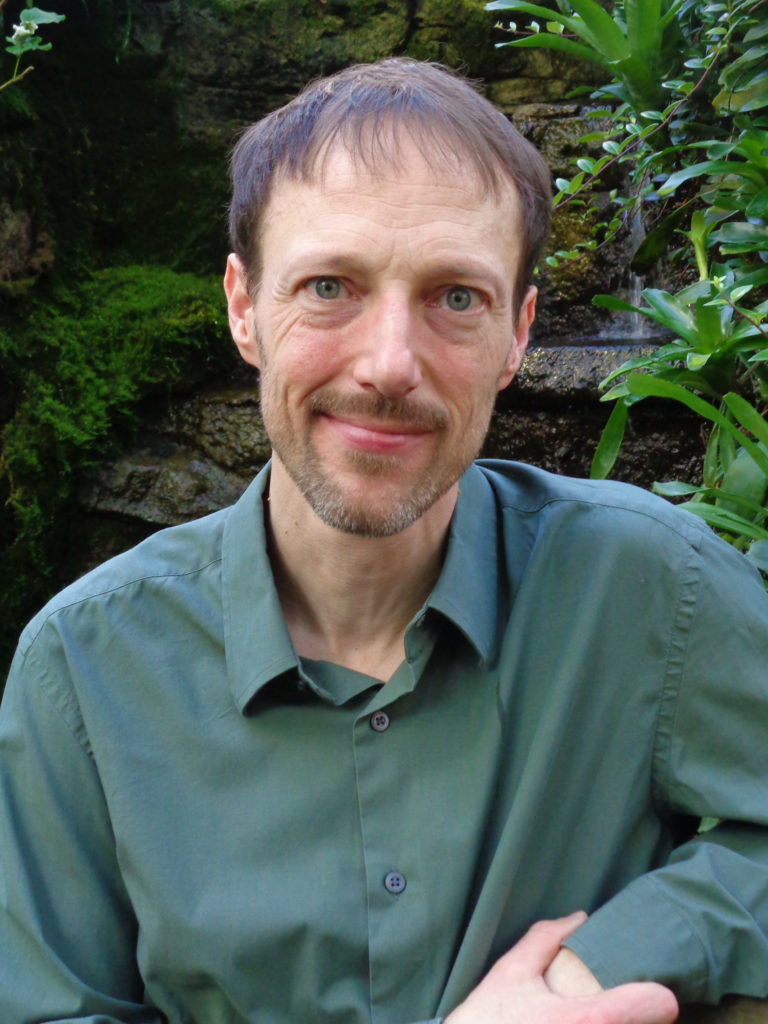“Sometimes the language takes on its own life. This signals to me that it’s worth writing about.”
Douglas Haynes is taking off. He has not one but two books out this season: Every Day We Live Is the Future: Surviving in a City of Disasters, an account of the struggle to get by in Nicaragua, just appeared University of Texas Press; and his poetry chapbook, Last Word, will be published by Finishing Line Press in November. With that double-whammy of success in a season otherwise marred by cataclysmic world events, we were eager to get his take on the struggle as well as the joy in truth telling.
Haynes’s lyrical essay, “El Rosario Road,” appeared in BROAD STREET ONLINE in fall 2017, and he has two poems scheduled for our “Rivals & Players” issue in spring 2018.
Click here to jump to the full interview, or begin with the sample below.
— — — — —

BROAD STREET: Let’s talk about the book that just came out, Every Day We Live Is the Future. How did you approach telling the truth about assorted individuals’ lives in what you call “a city of disasters”?
HAYNES: Every Day We Live Is the Future shapes other people’s experiences into a structure that I created out of observation, interviews, and multimedia research. This raw material conveys the hard, daily truths of poverty in one of the world’s most disaster-prone cities: Managua, Nicaragua. These truths also reveal emotional realities that transcend this context: hope, loss, and the pleasures of love and family, to name just a few.
The structure I impose on this raw material is meant to highlight these truths. Of course, the people in this book or a different writer might have chosen to emphasize different truths. I’ve intended to capture how the interwoven forces of family, poverty, and environmental change shape the fates of a handful of the world’s growing number of new urbanites.
 Whether in nonfiction or poetry, how do you select the details that will connect with readers?
Whether in nonfiction or poetry, how do you select the details that will connect with readers?
To be able to select compelling details, I first document them in abundance. I make a point when reporting and interviewing to note images from all five senses, even details I doubt I would ever include in a finished story. What I don’t “use” is actually essential to helping me mentally inhabit scenes when I’m writing them. Then, when I select details, my first concern is that they are significant to the story I’m telling. I’m infatuated with description, so I try to check this tendency by focusing on details that resonate with central themes or aspects of characters, including the characters of important places in the story. This applies to selecting dialogue, too, with the additional consideration that dialogue needs to advance the narrative’s action or central ideas.
Click here to read the full interview.










